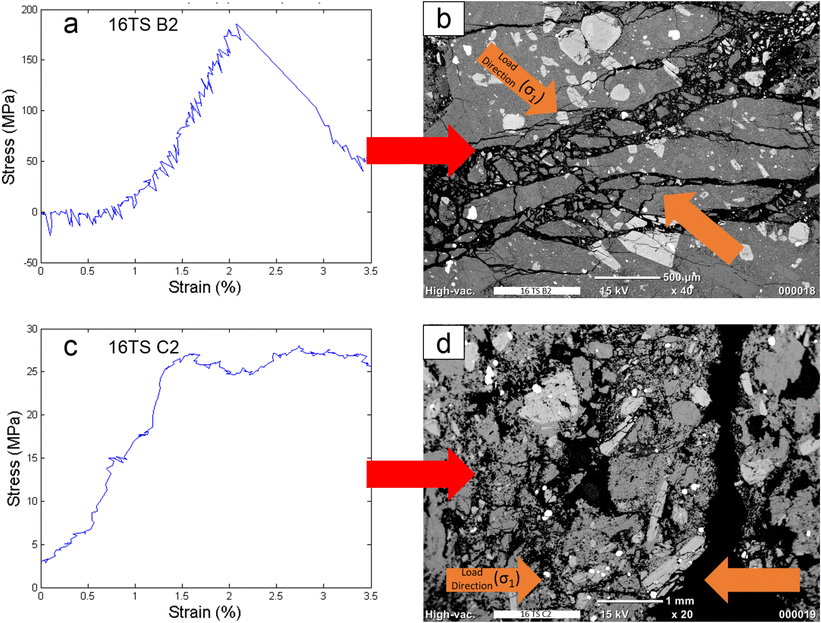Tkp 45 103 85 2007 Izmenenie 1

Team magic g4 manual 2017. If the model has been run with ring type bearings, you may have to change all the axles and driveshafts. Manufacturers and Brands Catalogued and Listed by RC-Scrapyard. For more information, take a look at my article, Finally, good luck with your G4+Evo model and good racing. For More on how to Setup your Touring Car, check out my page.
Gliomas are highly aggressive and accompanied by numerous microglia/macrophages (MG/MP) in and about the tumor. Little is known about what MG/MP do in this setting, or whether modulating MG/MP activation might affect glioma progression.
Here, we used a glioma-microglia in culture system to establish the effects the tumor and microglia have on each other. We assessed glioma progression in vivo after MG/MP ablation or in the setting of exaggerated MG/MP activation. We show that glioma cells activate microglia but inhibit their phagocytic activities. Local ablation of MG/MP in vivo decreased tumor size and improved survival curves. Conversely, pharmacological activation of MG/MP increased glioma size through stimulating tumor proliferation and inhibiting apoptosis. Normativnij spravochnik norm rashad topliva v uzbekistane. In agreement with recent reports, expression of the chemokine CCL21 is enhanced after MG/MP activation and correlates with tumor growth. Taken together, our findings demonstrate that inhibition of MG/MP activation may constitute a new and effective contribution towards suppressing glioma proliferation.
Skachat serial molodezhka 1 sezon cherez torrent free. Na telefon gold, 7738, Zaiavlenie na izmenenie inn pri. Clbb, Tkp 45-202-142-2011 skachat besplatno full. 85, 86, 87, 88, 89, 90, 91, 92, 93, 94, 95, 96, 97, 98, 99, 100, 101, 102, 103. MIF/TKP (tuftsin fragment 1–3) is a tripeptide, that blocks the activity of monocytic cells in vitro and in vivo (Thanos et al., 1993; Rogove and Tsirka, 1998; Bhasin et al., 2007). The infusion of MIF/TKP to the site of excitotoxic injury inhibits microglia activation, and MIF/TKP treatment of primary microglia inhibits lipopolysaccharide.
Introduction Malignant gliomas are primary central nervous system (CNS) tumors arising from glial cells and are one of the deadliest cancers - median survival time is one year even with aggressive surgical resection combined with irradiation and chemotherapy. Although many therapeutic approaches have been explored, there has been no major improvement in survival over the last 30 years (; ). Gliomas are infiltrated by MG/MP, and the extent of MG/MP infiltration correlates positively with malignancy (;; ). Microglia are capable of antigen presentation to T cells patrolling the CNS (). Upon injury, microglia undergo activation characterized by changes in morphology, gene expression, proliferation, phagocytic capacity, and migration towards the injury site (; ). The role of MG/MP in glioma progression remains controversial.
Studies reported that the immune defensive functions of glioma-infiltrating MG/MP (GIMs) are compromised. Moreover, GIMs have been proposed to promote glioma growth by secreting growth factors, immune-suppressive cytokines and angiogenic factors (;;;;; ), thus stimulating interest in therapies that modulate MG/MP activity/function. However, such approaches yielded conflicting results: injection of CpG-containing oligonucleotides, which stimulate MG/MP, induced glioma apoptosis and prolonged survival times of tumor-bearing animals in one report, whereas the same approach caused increased animal tumor size in others (; ).
Here we investigate the consequences of interaction of MG/MP and glioma cells in culture using MG/MP activation and glioma cell proliferation as functional endpoints. We examine glioma progression in a mouse model using pharmacogenetics to locally ablate MG/MP, and a pharmacological approach to exaggerate MG/MP activation. We show that manipulation of MG/MP activation state appears to be a potentially promising novel interventional approach for gliomas. Animals C57BL/6 mice (wild type, WT) were purchased from Jackson Laboratory. CD11b-HSVTK transgenic mice were described previously (). Female CD11b-HSVTK (+/−) mice were bred with male C57BL/6 mice and the offspring genotyped by PCR using primers 5′-GACTTCCGTGGCTTCTTGCTGC-3′ and 5′-GTGCTGGCATTACAGGCGTGAG-3′. All animal procedures were approved by the Stony Brook University Institutional Animal Care and Use Committee (IACUC).